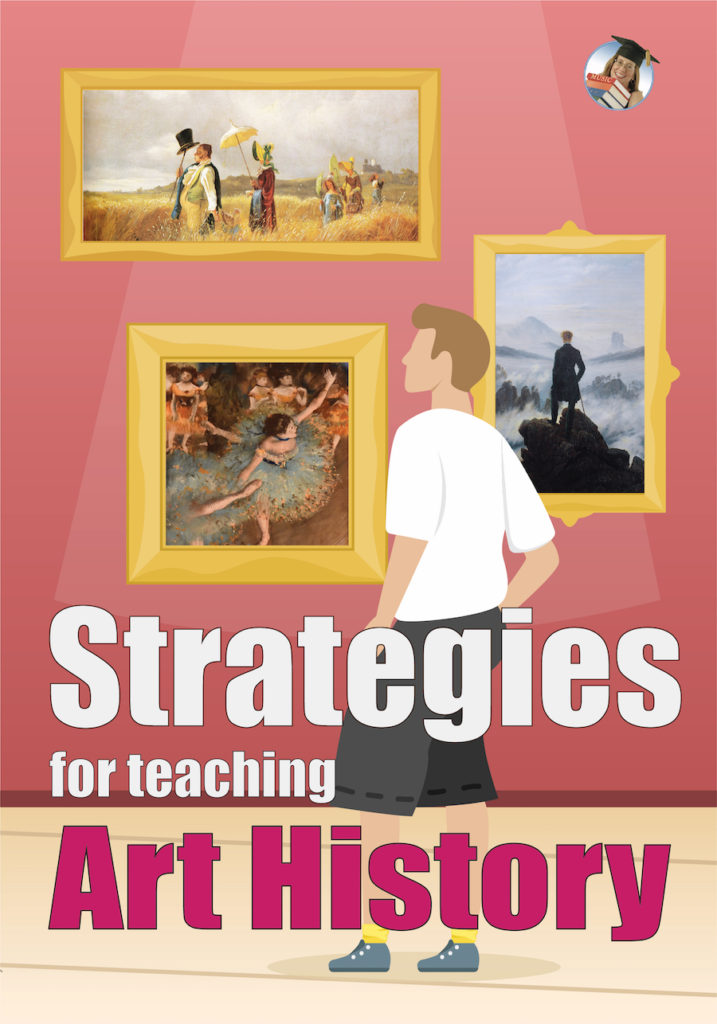New in The Circle of Scholars!

Professor Carol gives you the ideas and tools for teaching art history in this 3-part course. Whether you are working with adults or young toddlers, there are insights here to help you make art enjoyable and to build enthusiasm for learning more.
Beyond the Frame
Stuck on dates and biographies? You could begin your study of art from many perspectives that a student might find more compelling, such as chemistry, math, or marketing. You could look at what it really takes to put on an exhibit or to transport valuable art to new locations. Professor Carol suggests practical exercises that teach your students about how art is presented, created, or sold. Art history is not just about what’s inside the frame.
Overcoming Obstacles
Museums can be daunting. Here you can learn about “museum guilt” and “museum fatigue.” What do you do with art that just doesn’t appeal to you, that you find troubling or even ugly? Set reasonable goals and take practical steps to avoid overloading or burning out.
Integrate Art with Everything Else
From geography and nature, politics and economics, battles and everyday life, all are tied to art. Art expresses life and whatever people have found significant in any given time or place. Artists document what has happened and often foretell future events.
It all begins with instilling curiosity and enthusiasm. Professor Carol explains, “We are setting our students up for a lifelong love of artistic expression.”
Three videos session of roughly one half hour each, plus online galleries and lists of resources.
Available in the Circle of Scholars.
